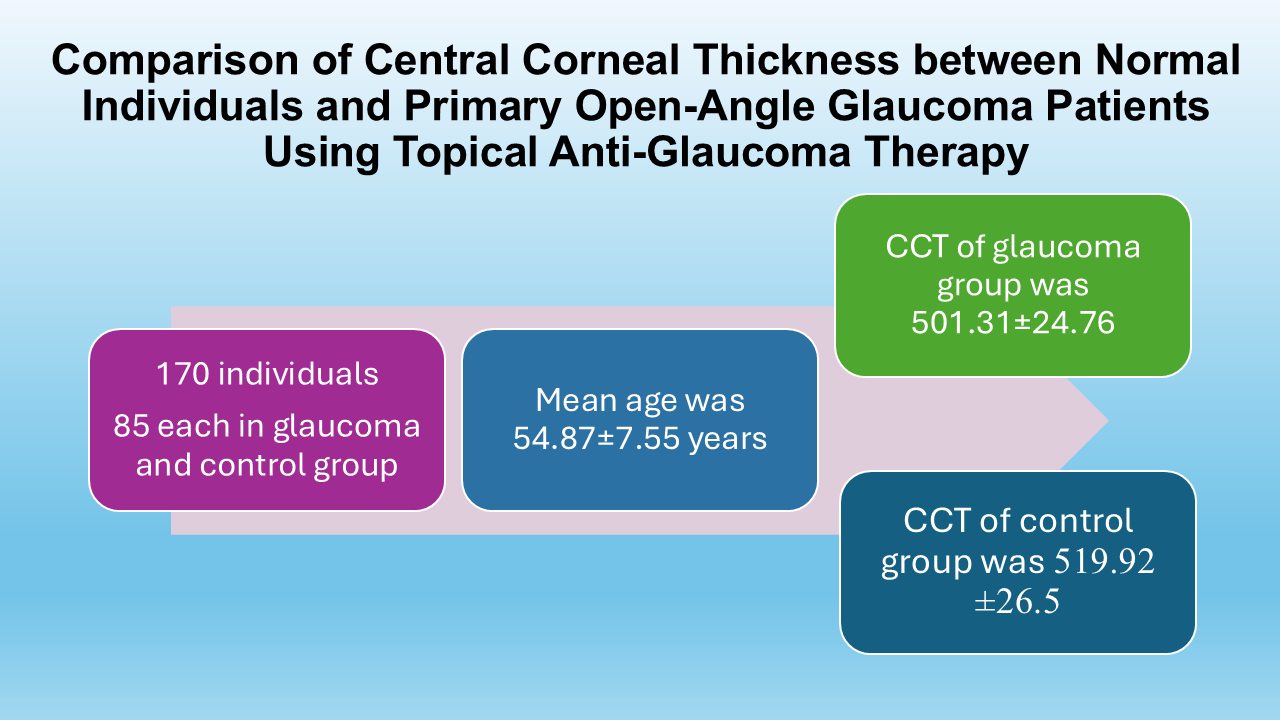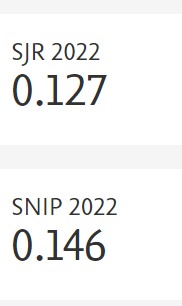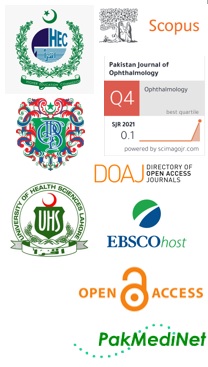Comparison of Central Corneal Thickness between Normal Individuals and Primary Open-Angle Glaucoma Patients Using Topical Anti-Glaucoma Therapy
Doi: 10.36351/pjo.v41i2.2013
DOI:
https://doi.org/10.36351/pjo.v41i2.2013Abstract
Purpose: To investigate and compare the difference in central corneal thickness among normal individuals and patients with POAG taking long term (>6months) different topical anti-glaucoma medications.
Study Design: Cross-sectional comparative study.
Place and Duration of Study: Civil Hospital Eye OPD from May 2024 to December 2024.
Methods: The study included 170 individuals (85 primary open angle glaucoma patients and 85 normal individuals) after informed consent.The right eye of each patient was selected for central corneal thickness (CCT) measurement using Nidek AL Scan between 10:00am and 02:00pm to avoid diurnal variation in CCT. Frequencies and descriptive statistics were used to calculate mean and standard deviation to assess the general characteristics of study population. Independent T-tests were used to assess differences in mean CCT between distinct groups to find which variables were significantly related to CCT.
Results: The results were analyzed using SPSSv23. Mean age of participants was 54.87±7.55 (range 20-80) years.Individuals with POAG had a lower mean CCT compared to those without glaucoma (p-value <0.001).Use of prostaglandins (p<0.001), beta-blockers, carbonic anhydrase inhibitors and carbonic anhydrase with beta blocker combination was significantly related with decreased CCT compared to control.
Conclusion: Patients with long-standing POAG tend to have thinner CCT compared to healthy individuals. Among glaucoma treatments, prostaglandin analogues are associated with the lowest mean CCT values, highlighting their potential effect on corneal thickness.

Downloads
Published
How to Cite
Issue
Section
License
Copyright (c) 2025 Husna Haroon, Nargis Nizam Ashraf, Arwa Ismail

This work is licensed under a Creative Commons Attribution-NonCommercial 4.0 International License.






